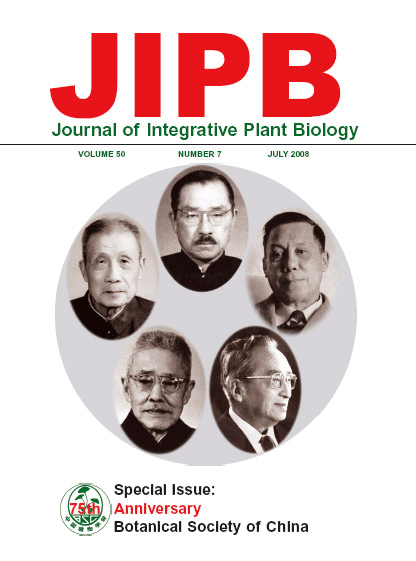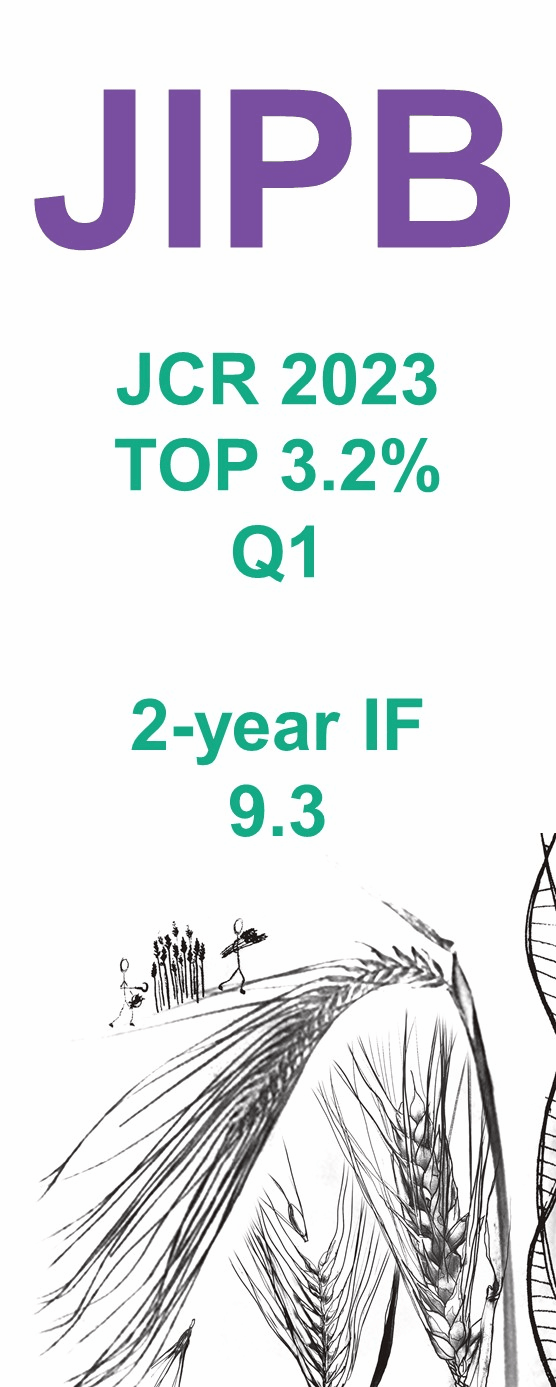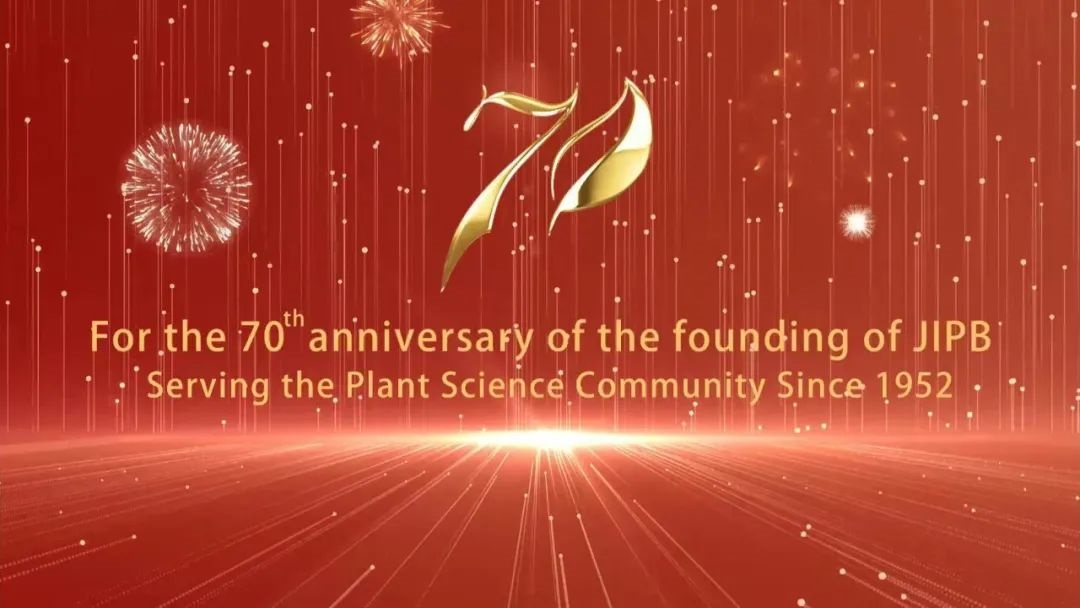Author: Dong Liu and Chun-Ming Liu
J Integr Plant Biol 2008, 50 (7): 769-770.
2008 is a special year for the Botanical Society of China (BSC) for two reasons. The first one is for the 75th anniversary of the Society, and the second one is for Prof. Zhengyi Wu who received The State Supreme Science and Technology Award, the country's highest science honor. This special issue, with a collection of 16 articles, is dedicated to these events.
On January 8, 2008, the Chinese President Jintao Hu handed the award to Prof. Zhengyi Wu, for his life-long achievement in plant taxonomy. Prof. Wu, the Honorary President of BSC, and many other Chinese botanists have been working together for more than 50 years to study plant species in China. In collaboration with botanists in UK and USA, a book series called "Flora of China" is being published in English (for more information, see Dezhu Li, pp. 771–777).
BSC was established in 1933 by a group of 19 board members, who received their scientific training overseas and returned to China to start botanical research and education. The founding members of BSC include Dr. Chongshu Qian (Sung-Shu Chien, 1883–1965), Dr. Xiansu Hu (Hsen-Hsu Hu, 1894–1968), Dr. Huanyong Chen (Woon-Young Chun), Dr. Jingyu Zhang, Dr. Jitong Li et al., with Dr. Qian being the first President. Though the society had only 105 members at its inception, it played a critical role in establishing botany, a "new science" at that time, in China. During its history, BSC's activities have been stopped twice, the first time for 13 years between 1937 and 1949 during the war period, and the second time for 12 years between 1966 and 1978 during the "Cultural Revolution" period. However, even during the war period, many of BSC members continued to conduct their scientific work despite the lack of chemicals and instruments, the food shortage, and frequent air bombings. In fact, some great discoveries were made at that time by these members, with 8 papers published in Science and Nature, and several in other prestigious international journals (Tang 1983; Chen et al. 2006). Going through all kinds of hardships, BSC has revitalized itself today to become one of the largest professional associations in China, with 14 800 members. In the last 10 years, research in plant sciences in China has entered a golden time, with much increased financial support and many well-trained scientists returning from Western countries. The article written by Chen et al. in 2006 provides a comprehensive survey of the facts in this field. More importantly, the National Botanical Conference to be held in Lanzhou this year (July 12–16, 2008) will showcase the contemporary situation of the society.
One of the major tasks of BSC is to develop its own scientific journal. In 1952, a quarterly magazine, Acta Botanica Sinica, was established by BSC as its official publication. At that time, all articles were published in Chinese, but with an extensive abstract in English. The first research article published on the first issue was from Dr. Tsung-Hsun Tsao, reporting the effects of reproduction on the metabolism of higher plants (Tsao 1952). Since then, this journal has become the national platform where Chinese plant scientists report their experimental results and share the newest advancement. Following the trend of using English as the international medium for scientific communication, between 1995 and 2001, the journal published its articles in both Chinese and English. After a 6-year transition period, in 2002, the Editorial Board decided to convert Acta Botanica Sinica to an English-only journal. In collaboration with Blackwell Publishing (now Wiley-Blackwell), the journal has started its new Long March with a new name—Journal of Integrative Plant Biology (JIPB), and of course, a new outlook as well. In 2007, in order to facilitate access for its readers, JIPB made tremendous efforts to set up an online hub (http://www.jipb.net) to carry out all editorial activities online, and to allow readers to access all articles online (including all articles published from 56 years ago to the latest articles from the point of acceptance). To further increase the impact of JIPB in the international plant science communities, in 2008, an international Editorial Board has been established, through recruiting renowned scientists as Associate and Handling Editors, to monitor the reviewing process. This ensures all published work with a high standard.
In this issue, 12 invited review articles and 4 research articles are included. The "Milestone" article written by Dr. Dezhu Li, the Director of Kunming Institute of Botany, outlines the classification system developed by Prof. Zhengyi Wu and his colleagues. The other 11 articles provide comprehensive over-views on membrane-associated ion transporter (Yi-Fang Chen et al., pp. 835–848), phosphate starvation (Hui Yuan and Dong Liu, pp. 849–859), ethylene (Ziqiang Zhu and Hongwei Guo, pp. 808–815) and GA (Xiu-Hua Gao et al., pp. 825–834) signal transduction, gamete recognition (Xiong-Bo Peng and Meng-Xiang Sun, pp. 868–874), fertilization and the initiation of zygotic embryogenesis (Yong-Feng Fan et al., pp. 860–867), cell fate determination during organogenesis in vitro (Xiang Yu Zhao et al., pp. 816–824), carotenoid metabolism (Shan Lu and Li Li, pp. 778–785), nitrogen fixation (Qi Cheng, pp. 786–798), disease resistance and symbiosis (Songzi Zhao and Xiaoquan Qi, pp. 799–807), and epigenetic regulation through histone deacetylases (Courtney Hollender and Zhongchi Liu, pp. 875–885).
No doubt the articles included in this special issue do not intent to present an over-view of plant science in China, which is mission impossible. Instead, we wanted to use these high quality articles to commemorate those pioneers who had worked so hard during a period of great struggle in China to carry out plant biological research, and to remember those who had sacrificed their lives during the period. Definitely, we owe them a lot.
We thank all the authors who have contributed their articles in this special issue, and our Editorial Staff who have been with us to produce this issue within such short notice.




 Scan the QR code to view JIPB on WeChat
Scan the QR code to view JIPB on WeChat













